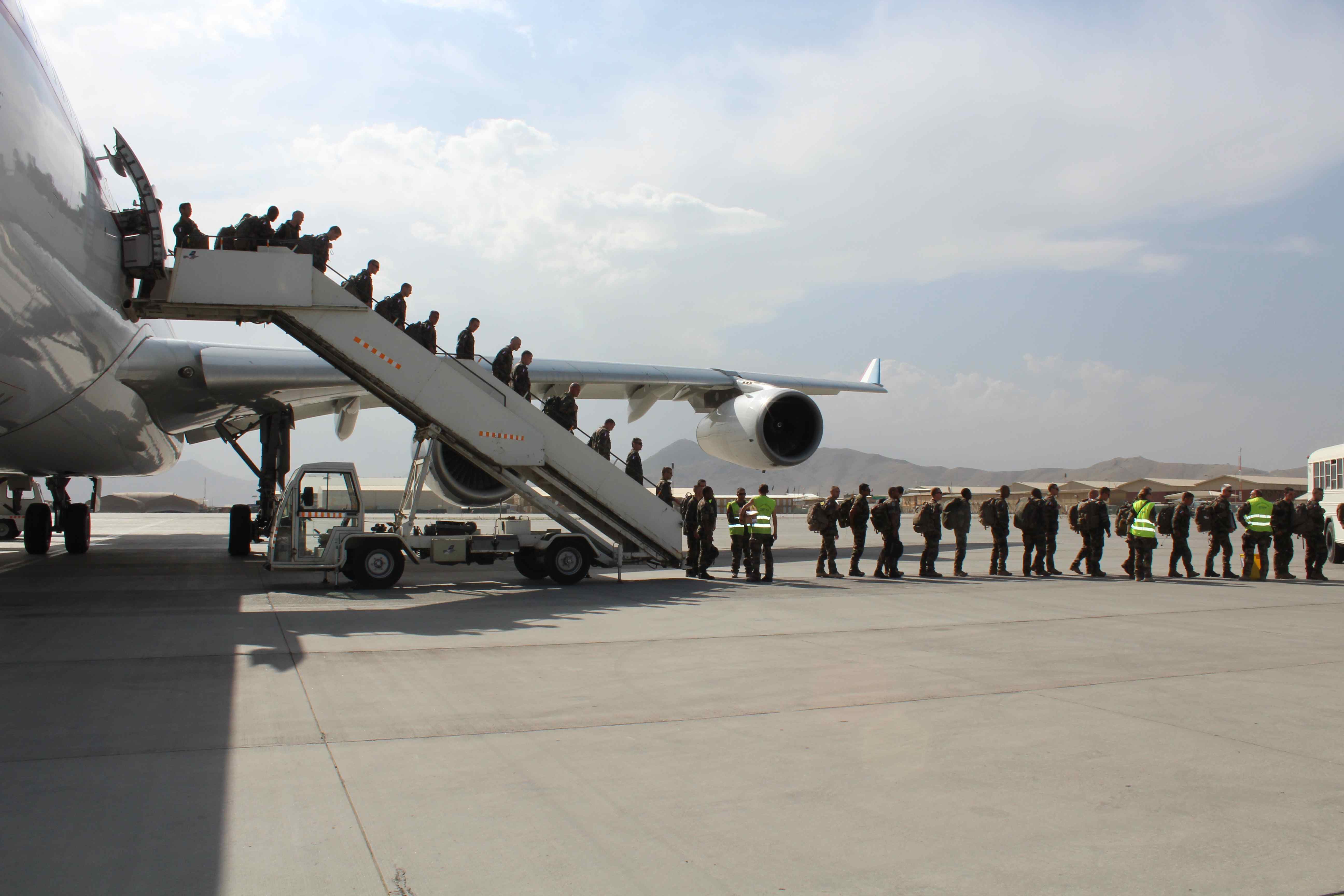by Murielle Delaporte
From the SLD interview (in French) of General Philippe Boussard, French Air Force, Commander, Multi-Modal Transport Center
At the vortex of managing the logistics support chain to deployed French forces is the Multi-Modal Transport Center (CMT). Similar to TRANSCOM, the CMT uses various levers to move goods and troops to and from operational areas.
Doing so is equivalent to managing a Rubik’s Cube – a challenging 3-D mechanical puzzle invented in 1974 by Hungarian professor of architecture Ernő Rubik.
Trying to match “likes with likes” in an ever-changing universe makes supplying the warfighter a complex game with potentially-lethal consequences. Multi-modal transport relies on trying to set priorities and to use the most cost-effective means for transport where possible, using air transport when speed of supply is most urgent. Air mobility is a key lynchpin of the system, because high priority movement allows the system to be managed so that lower priorities or longer lead-time supplies can be shipped by ground or sea.
Air mobility as it relates to logistics support means mixing and matching commercial with military transport, and coordinating with the operation of the European Air Transport Command (EATC). There is the evolving ability to swap out shipments around allied military lift assets as well.
General Boussard discussed the approach and the challenges with SLD.
The CMT is in charge of ensuring the supply in overseas bases and operations as well as during big exercises taking place within or outside of national boundaries. These activities require the ability to move a large volume of material using different means of transportation via air, sea or ground. Multi-modality is a key approach for the CMT. We send officers as “scouts” to areas of operations to determine the needs and to sort out the best ways to supply for those needs.
And we are always looking at the two way operation as well. For example, to supply Afghanistan we unload ships in the United Arab Emirate. These ships never come back empty, often carrying troops back to France
Air assets are a key element of the mix.
The General noted, “The operational control is under the European Air Transport Command (EATC), whose task is to ensure that our needs are satisfied in terms of strategic air transport, and they provide us with a number of A340s or A310s at any given time.”
The General discussed the planning process as well. “We plan in six month cycles that are updated every two months…. The majority of our workload is decided in advance and we try as much as possible to plan the sizing of the ships depending on the theater in which we will operate. We have three ships chartered on a yearly basis and we decide in advance the number of necessary rotations to the Indian Ocean, the Guinea Gulf, etc. In case of important missions launched with very little notice — which is about 10-15 percent of our activity — we can act quickly either by modifying the shipments to be carried at sea or by drawing upon air assets with support from other EATC nations or chartering of Russian transport aircraft.”
The General cited the Libyan operation as an example of how the system worked to support French forces. For the items needed rapidly we relied on “our own means (A310, A340, C-160 and C-130) as well as upon chartered air systems (Antonov 124 and Il-76s). This allowed for a rapid delivery of all the elements that were vital for the operation such as parts, engines, weapons, etc. And these were delivered first in Corsica and Crete and then later in Sicily. Under the emergency situation, the deployment phase was primarily by air.”
In this process, the General underscored that the EATC played a key role.
“The Belgian and Dutch capacities, right from the start, reinforced French capacities. Without the efficient role of the EATC, we would have been forced to immediately pull some of our air transport capacities that were deployed in other theaters of operation. The EATC offered us greater flexibility in dealing with peaks of activities and action.”
The resupply of munitions was especially dependent upon air transport. The General noted, “Flights of munitions were scheduled every 48 hours because of the munitions warehouses limited support capacity in Crete and Sicily. With such dependence on the night activities, our planes were under alert to take-off at dawn to replenish the stocks in Souda and Sigonella. We were never short of munitions…. But we did need to find a fine equilibrium between plan and reality.”
Excerpts taken from the interview “Centre multimodal des transports: le Rubik’s cube de la logistique” in Soutien Logistique et Défense (Summer 2012).
For a look at the shift from the Transall to the A400M for lift operations see an overview Airbus video.


